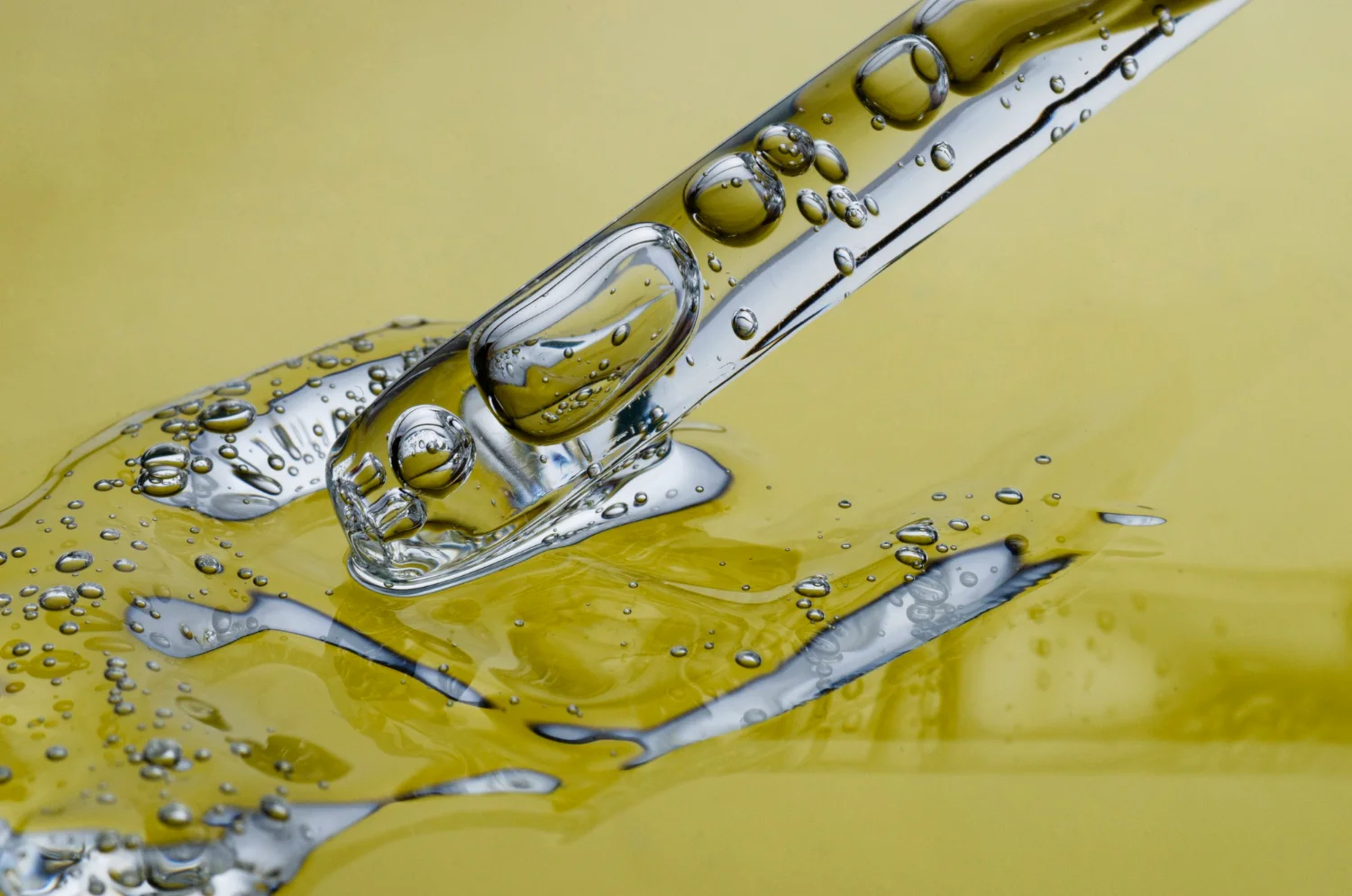Key compounds in essential oils and their effects
Chemistry of essential oils
Each essential oil contains hundreds of natural chemical compounds, many of which contribute to its health-enhancing qualities. However, certain key compounds in essential oils play a central role in determining an oil’s primary effects—whether it’s calming the mind, supporting the immune system, or promoting respiratory health. These compounds, including monoterpenes, sesquiterpenes, alcohols, esters, and ketones, have been widely studied for their potential benefits and applications.
By understanding these compounds and their effects, you can make more informed decisions when using essential oils for wellness, whether it’s for aromatherapy, skincare, or natural remedies. This guide provides a detailed look at the major types of compounds found in essential oils, their general properties, and the specific oils in which they are commonly present. Whether you are a beginner or a seasoned user, this knowledge will help you unlock the full potential of essential oils and ensure safe and effective use.

Detailed overview of compounds
Monoterpenes
Monoterpenes are among the most common compounds in essential oils. They are known for their detoxifying and antiseptic properties, making them effective in promoting respiratory health and reducing inflammation. Oils rich in monoterpenes are often used in air purifiers and cleaning products due to their ability to disinfect.
Alcohols
Alcohols in essential oils are valued for their antibacterial and antiviral properties. They also provide an uplifting and stimulating effect, which is why oils containing alcohols are commonly used in aromatherapy to enhance mood and energy levels.
Oxides
Oxides, particularly 1,8-cineole (commonly found in eucalyptus oil), are known for their expectorant and antiseptic properties. They are widely used in essential oils for respiratory issues and colds.
Sesquiterpenes
Sesquiterpenes are heavier molecules than monoterpenes and are known for their anti-inflammatory and calming effects. Their sedative properties make them useful in essential oils designed to promote relaxation and reduce stress.
Esters
Esters are gentle compounds known for their soothing and antifungal properties. They are often used in calming blends for anxiety and stress relief. Lavender and bergamot are popular oils high in esters, frequently found in relaxation and sleep aids.
Aldehydes
Aldehydes are highly aromatic and known for their calming and anti-inflammatory effects. They can also reduce fever, making them effective in oils used for colds and flu. Cassia and lemongrass are notable examples of oils containing aldehydes.
Ketones
Ketones have regenerative properties, making them ideal for supporting skin healing and respiratory health. Oils high in ketones, like rosemary and peppermint, are often used for respiratory issues and to stimulate hair growth.
Phenols
Phenols are powerful antibacterial and antiseptic agents. They also act as stimulants for the immune and nervous systems. Oils rich in phenols, such as oregano and thyme, are commonly used for immune support and to fight infections.

General properties of compounds of essential oils
Monoterpenes
Detoxifying, antiseptic, stimulating, reduces tissue irritation.
Found in most essential oils.
Alcohols
Antibacterial, antiviral, stimulating, uplifting.
Found in most essential oils.
Oxides
Sedative, antiseptic, expectorant.
Eucalyptus.
Sesquiterpenes
Antibacterial, anti-inflammatory, analgesic, sedative.
Found in most essential oils.
Esters
Calming, soothing, antifungal, balancing.
Bergamot, Clary Sage, Douglas Fir, Geranium, Helichrysum, Lavender, Ylang Ylang.
Aldehydes
Aromatic, calming, anti-inflammatory, antipyretic.
Cassia, Cinnamon, Lemongrass.
Ketones
Cell/tissue regenerative, expectorant, supports respiratory health.
Rosemary, Clary Sage, Helichrysum, Peppermint.
Phenols
Antibacterial, antiseptic, nervous and immune system stimulant, antioxidant.
Basil, Cinnamon, Clove, Fennel, Tea Tree, Oregano, Peppermint, Thyme, Wintergreen.
Warning, safety cautions
Essential oils are not intended to diagnose, treat, or prevent any disease, nor do they replace medications or therapies prescribed by a physician. They are not medicinal products and do not qualify as drugs. Based on experience, essential oils may have complementary therapeutic effects. If you are unsure about how an essential oil might affect you or your child, consult your general practitioner and/or a qualified aromatherapist. Before using any new essential oil (especially internally or directly on the skin), perform a patch test.
Contact info
Author:
Roseware Kft. - Réka Rózsáné Illés
Affiliate programs
I am open to be the part of affiliate programs with essential oil manufacturers and sellers. Contact me!
Copyright info
Photos and texts on this website are subjects of copyright - the owner of the copyright is Roseware Kft. - Réka Rózsáné Illés. Do not use any of these without permission.
